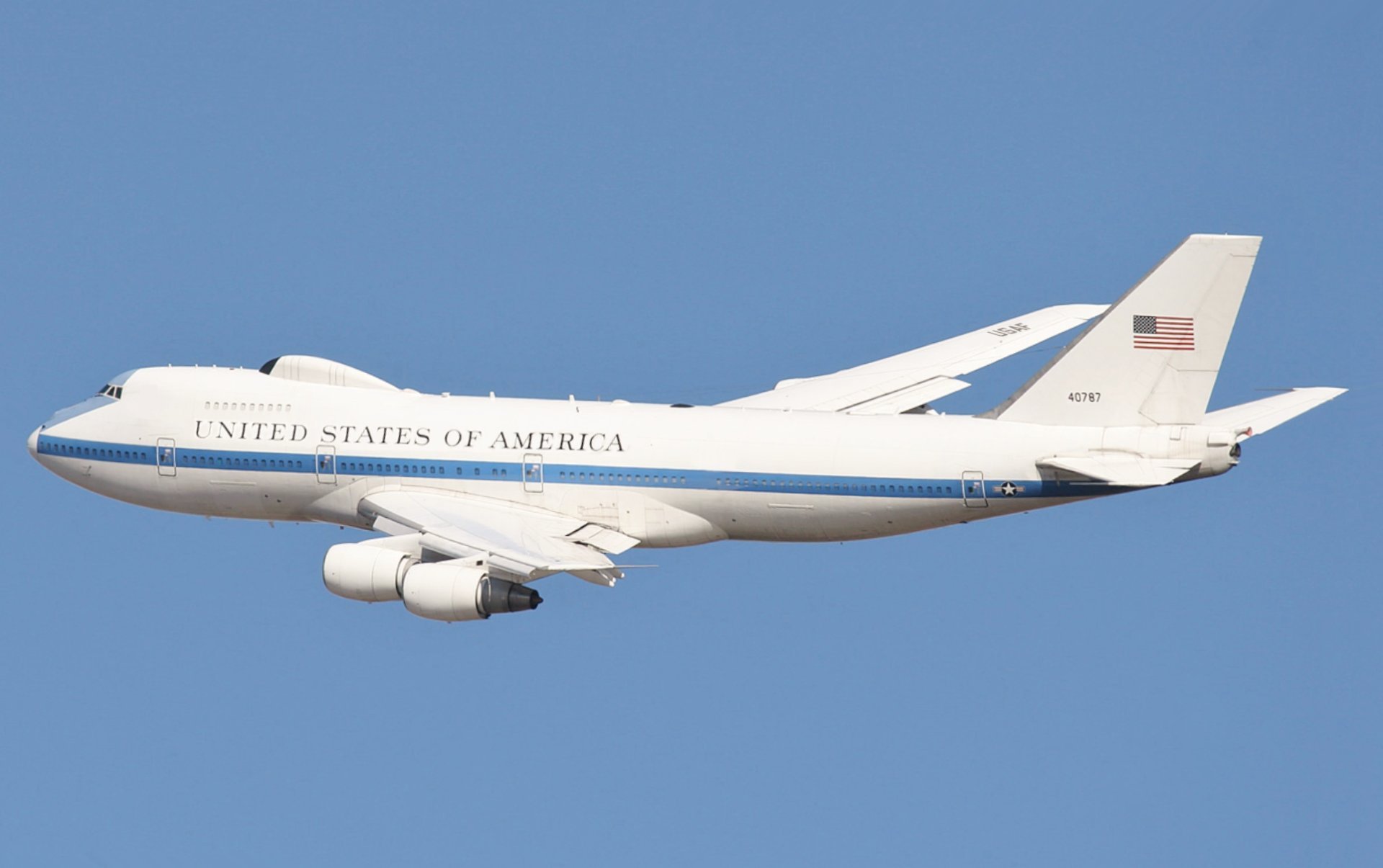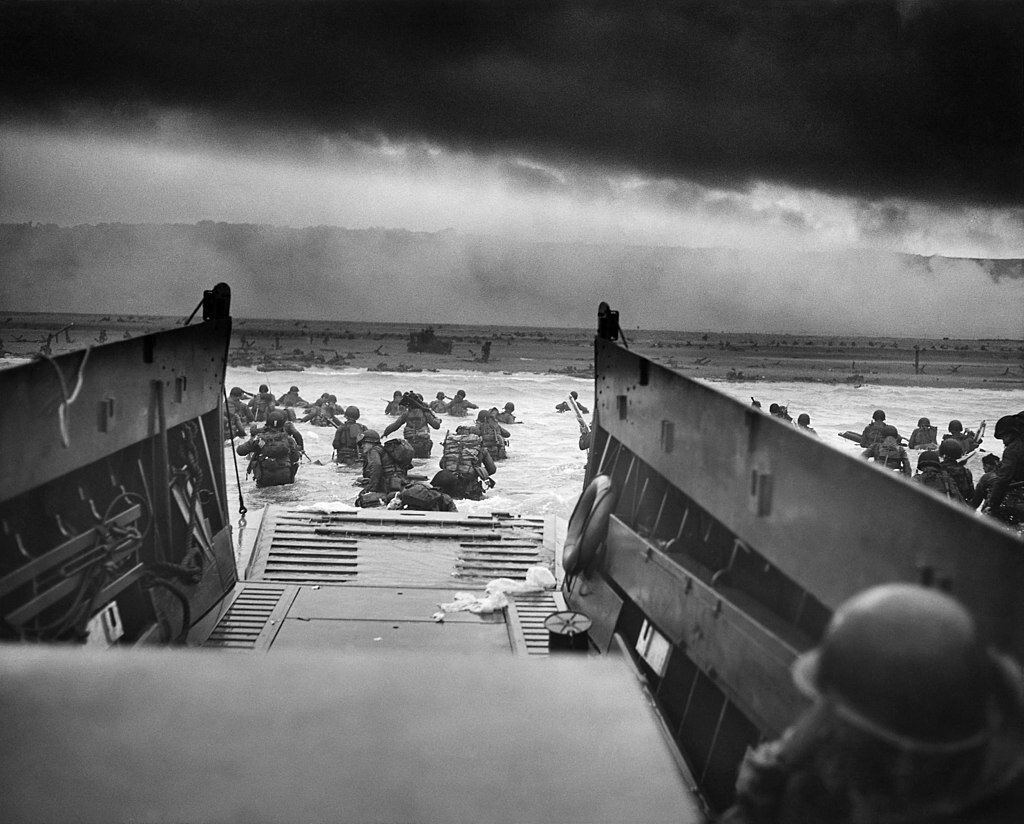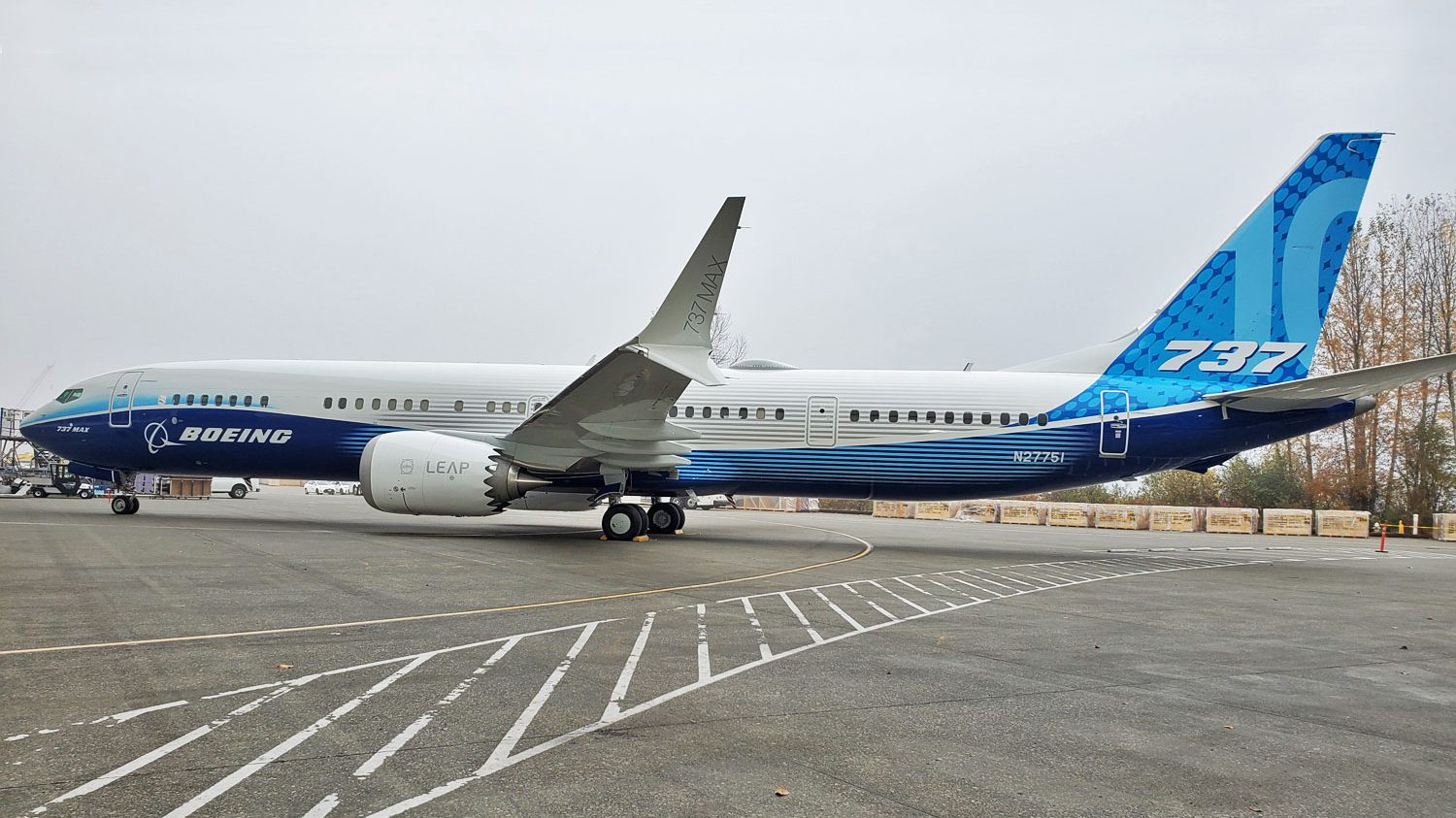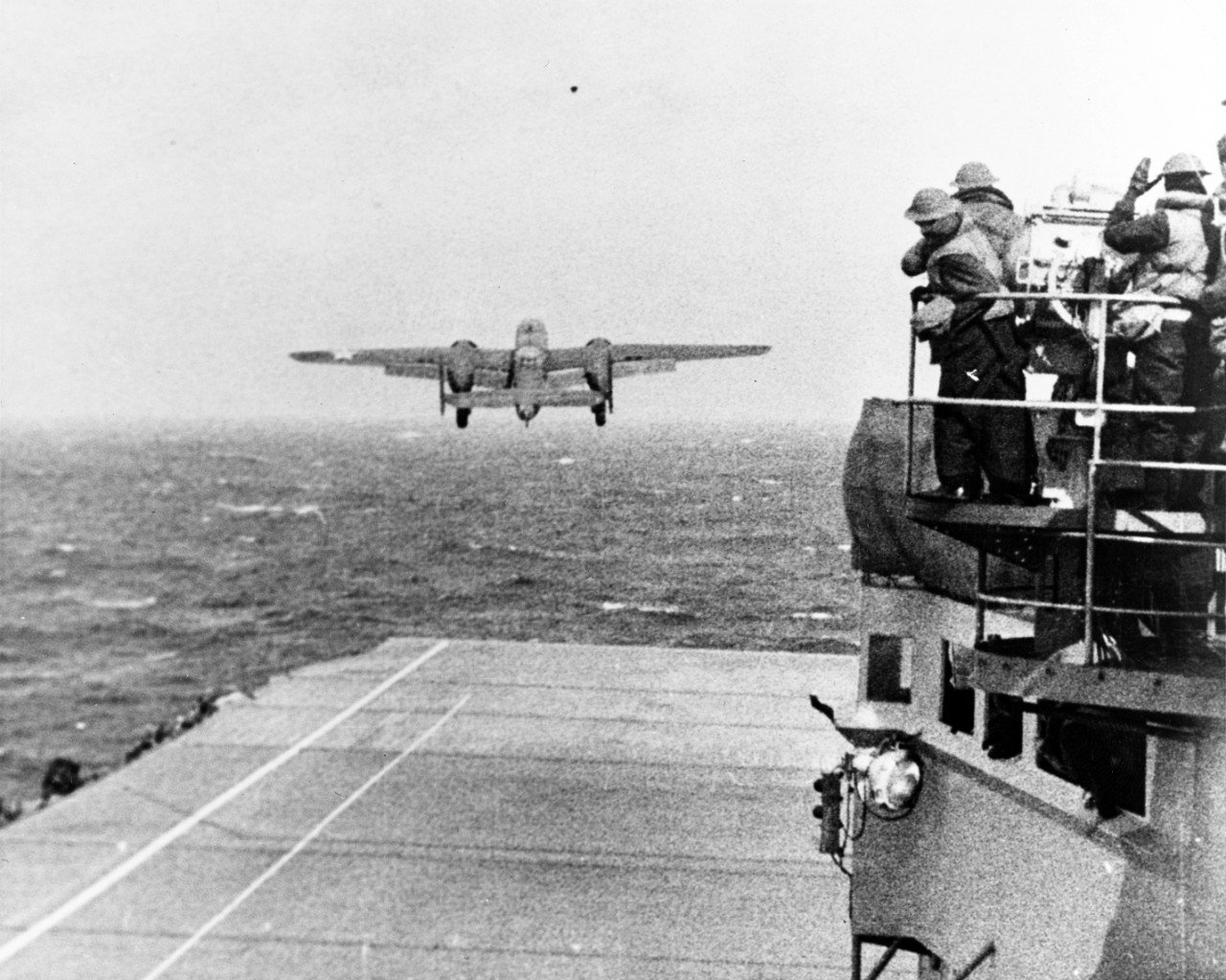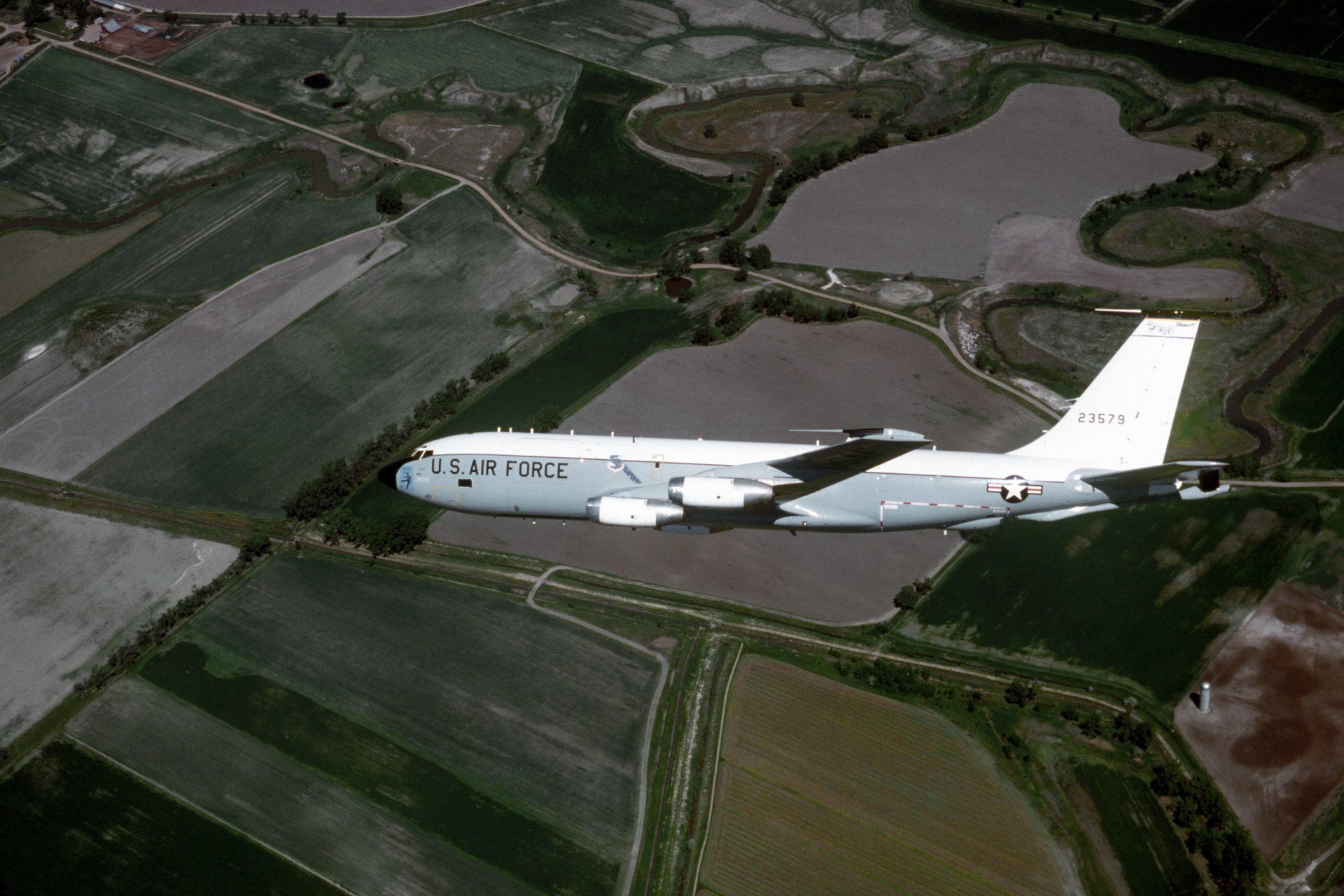Boeing E-4B Nightwatch
April 7th, 2023
The Boeing E-4B Nightwatch is an Airborne Command and Control aircraft that is designed to survive a nuclear blast. It is also capable of completely destroying cities of billions, in seconds! Total, there are four E-4s and they were originally stationed at Andrews Air Force Base as well as Langley Air Force base, but after 9/11 they were reassigned to Offutt Air Force Base in Nebraska.
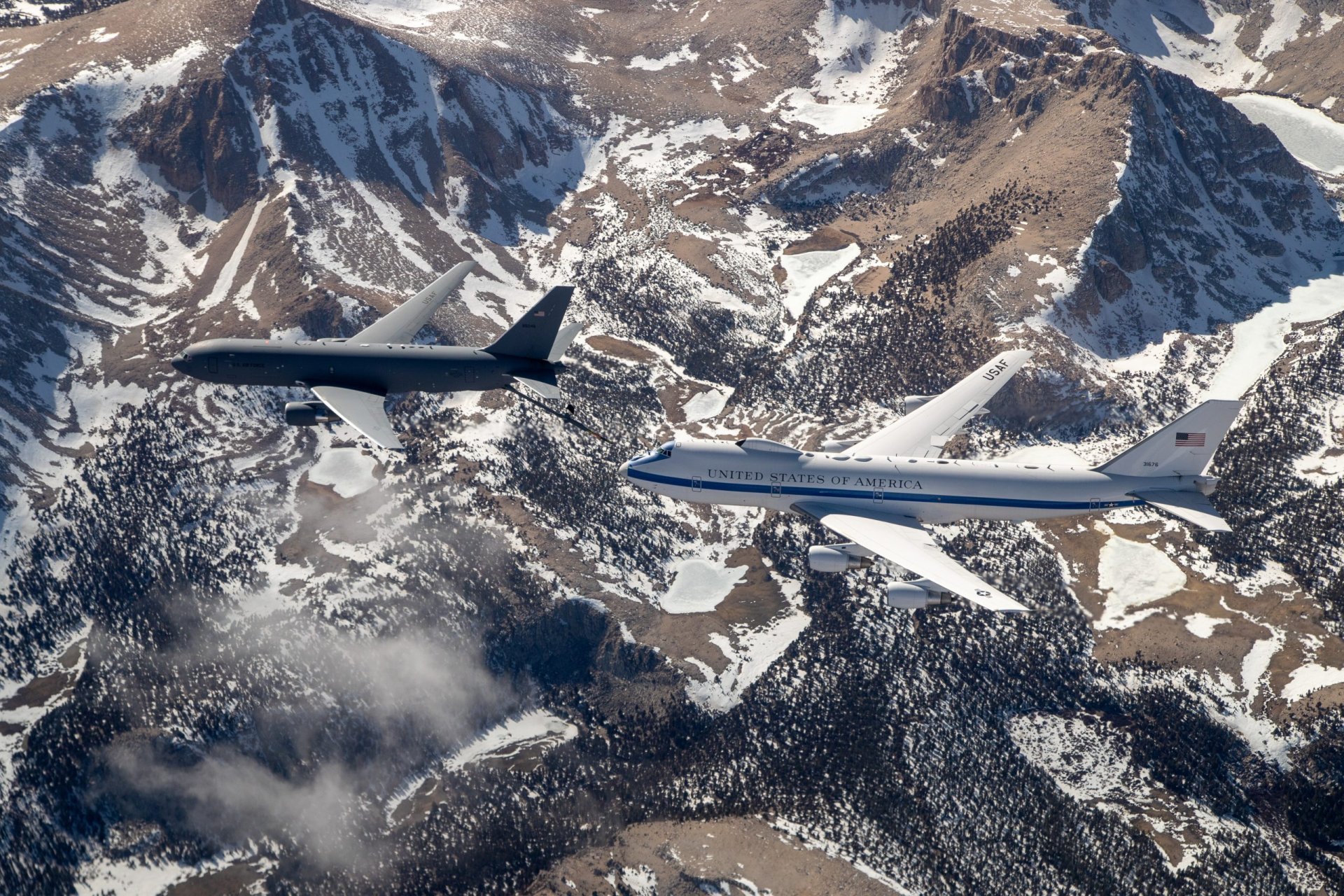
In the event of a nuclear war, the E-4 will become a flying Pentagon carrying top military officials wherever or whenever to a secure location, one of them being Offutt Air Force Base due to the nuclear bomb proof bunkers built in the 1970s as the headquarters for the Strategic Air Command. These four airframes, as well as both Air Force Ones and the KC-747, are the only 7 active 747s capable of aerial refueling. The E-4 has repeatedly completed flights lasting well over one week and has sometimes as long as two weeks without landing.
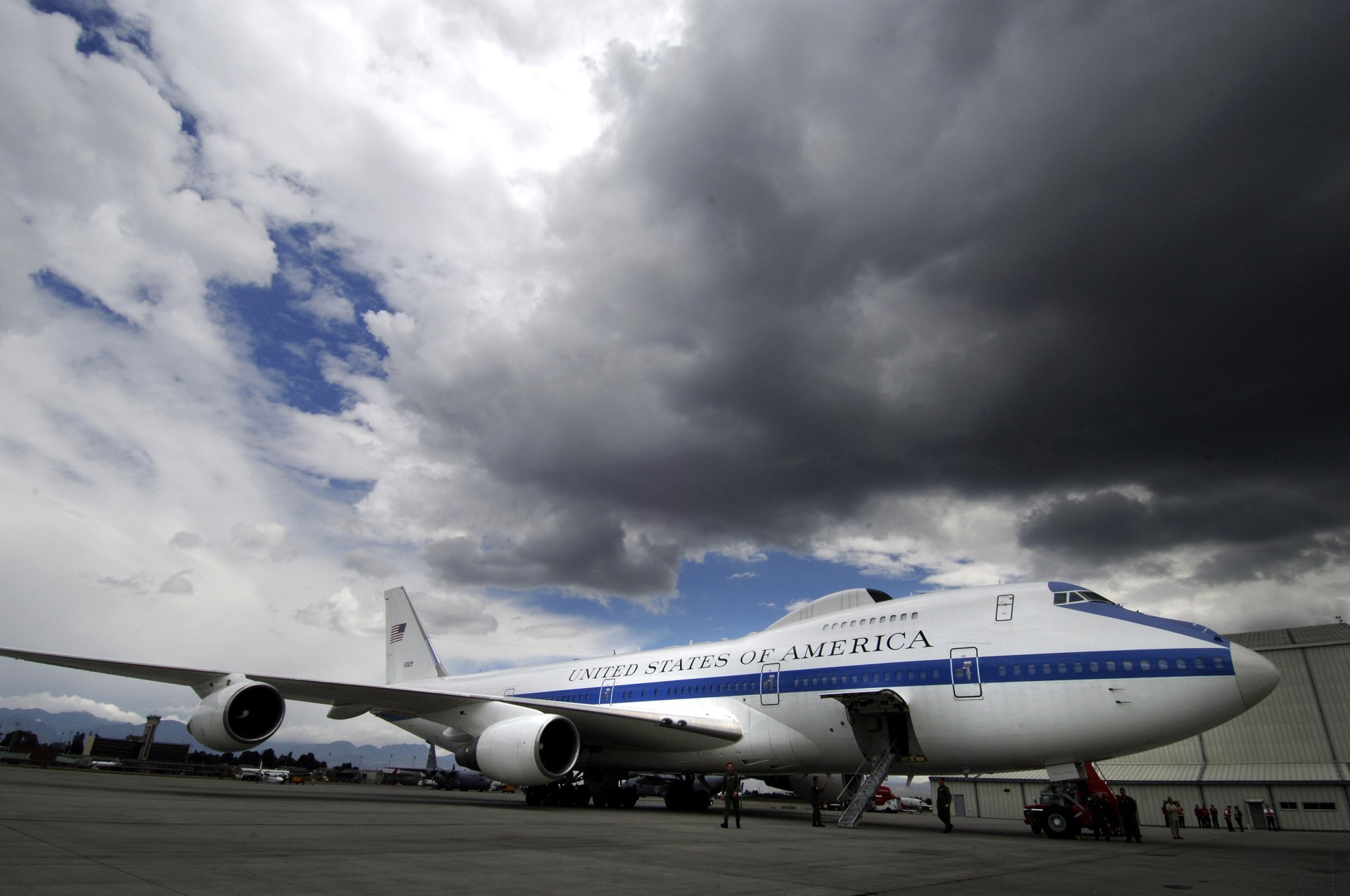
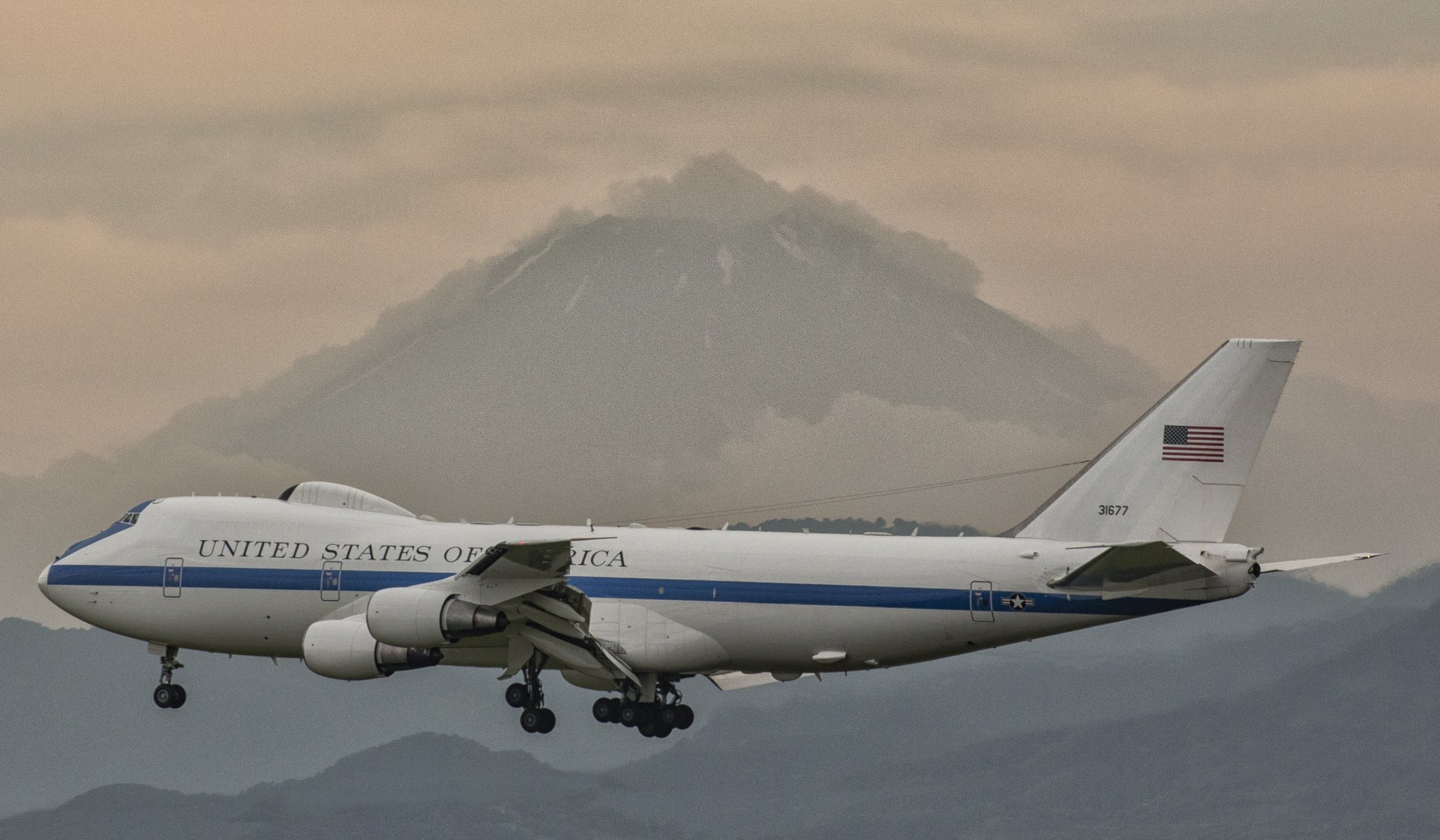
The E-4 is also used as a backup Air Force One and there is always at least one aircraft nearby wherever the president is, except for Washington, D.C. The E-4 is also is the primary aircraft used by the Secretary of Defense when travelling outside of the United States. The E-4 has had a long and distinguished career, including serving our Nation during 9/11, and numerous other events since the E-4A was introduced in 1974.
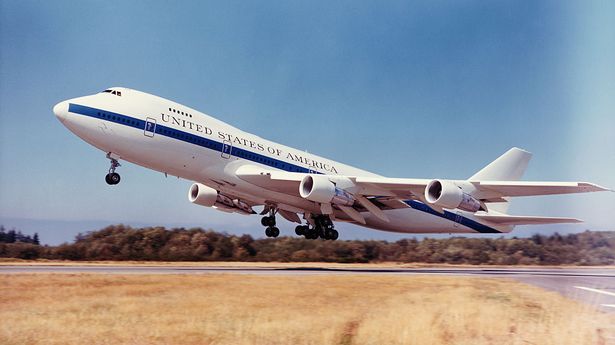
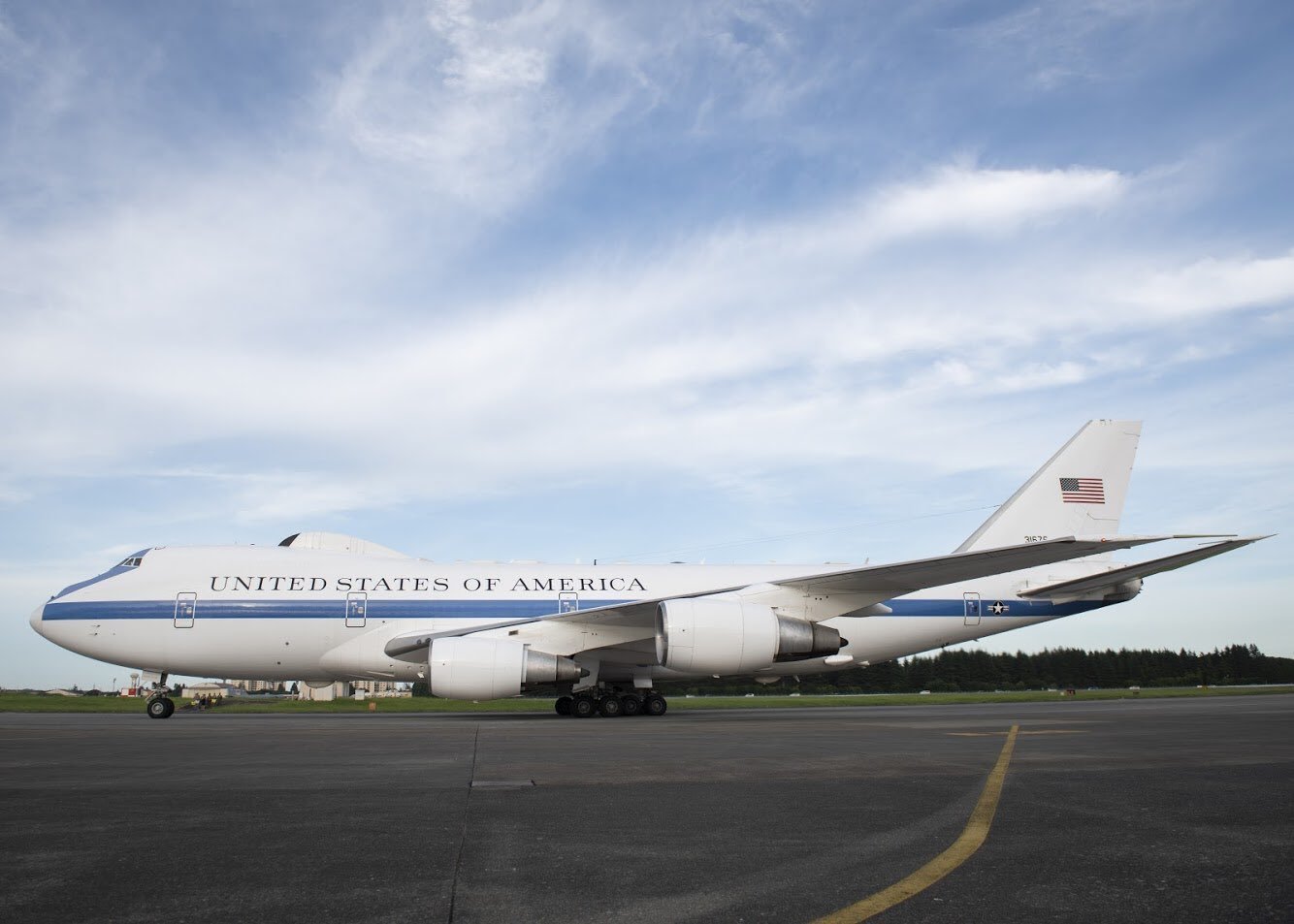
The most notable exterior differences between the E-4A and the E-4B Nightwatch (there are numerous, deeply classified upgrades on the interior) are the following:
- Different engines (normal 747-200 engines on the E-4A and 747-400 engines on the E-4B, due to all of the upgrades, which meant more weight added onboard)
- The air-refuelling receptacle
- The livery (a lighter blue stripe, blue around the air-refuelling receptacle, an american flag added to the tail as well as the registration number)
- The bulge on the forward fuselage, which is used for communication purposes.

